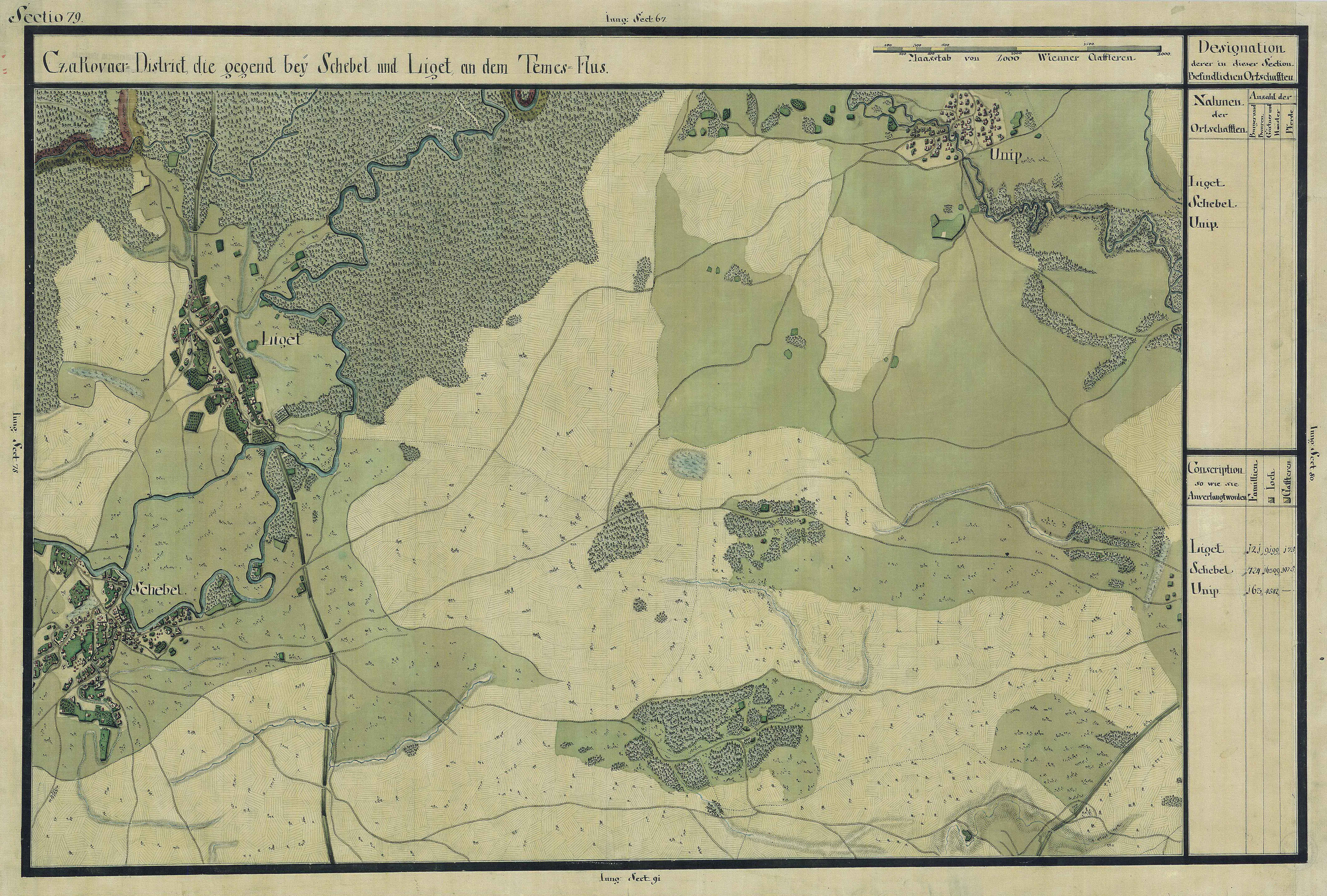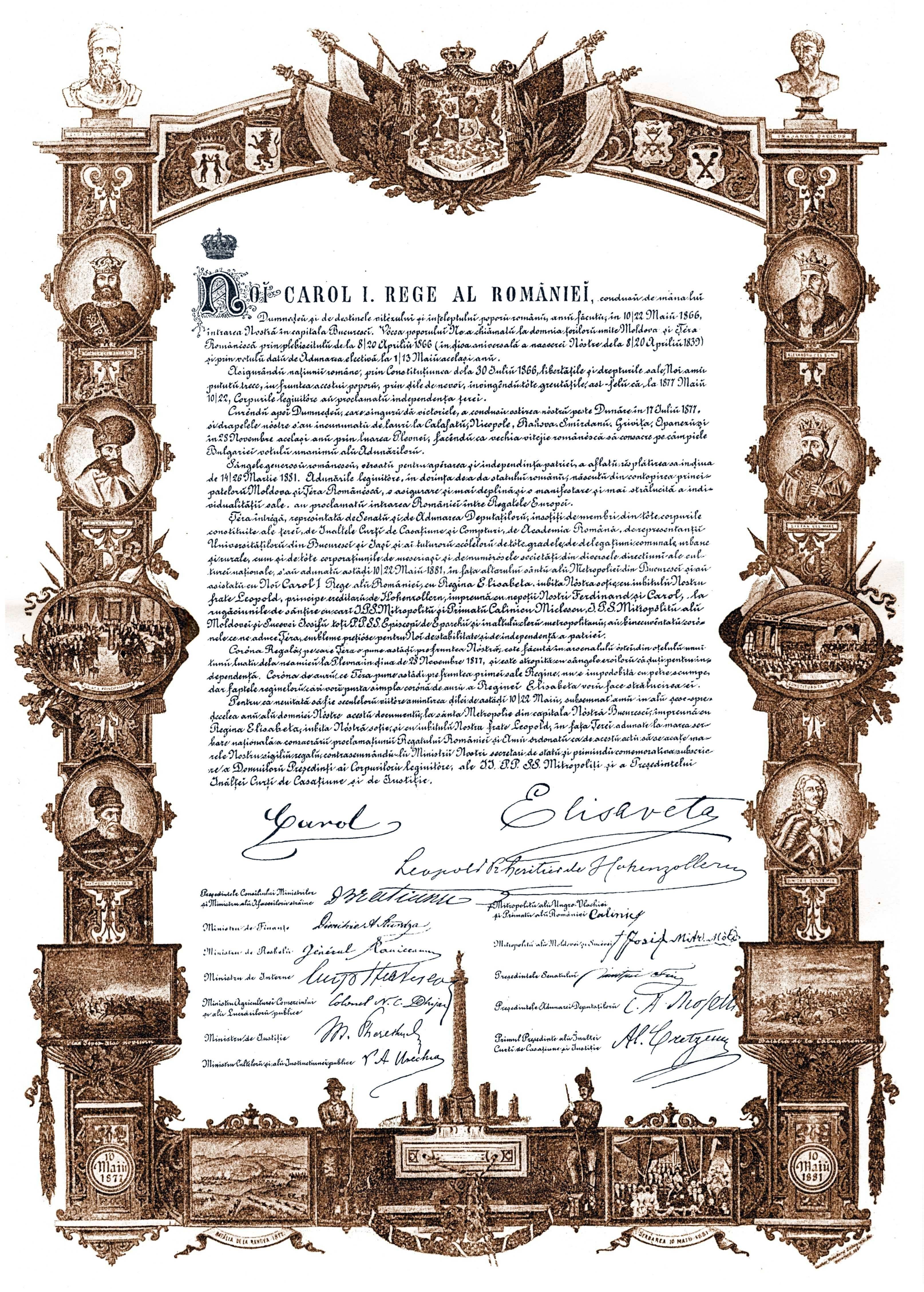|
Anișoara Odeanu
Anișoara Odeanu (28 May 1912 – 1 September 1972), also known as Doina Stella Grațiana Peteanu, was a Romanian journalist, poet, and prose writer during the interwar period. Early days She was born in Pădureni, Timiș County, the daughter of a well known folklorist. Her friend and mentor was the celebrated Romanian author Camil Petrescu. Career Odeanu began writing as a child; her first poem was published at the age of 9 in her hometown. From 1929 to 1933, she studied at the Faculty of Letters in Bucharest. After graduation, she began studying law at the University of Bucharest and graduated in 1936. Her debut novel was published in 1934 and was favourably reviewed by Romanian critics; George Călinescu referred to her as the first ingenue of female Romanian literature. During the war, she wrote for the Romanian propaganda division. Later years Eventually her writing fell out of fashion; her work was rehabilitated in 1965 and her first novel, , was republished. In ... [...More Info...] [...Related Items...] OR: [Wikipedia] [Google] [Baidu] |
Pădureni, Timiș
Pădureni (until 1965 Lighed; ; ; ; ) is a commune in Timiș County, Romania. It is composed of a single village, Pădureni. It was part of Jebel commune before being split off in 2004. Geography Pădureni is located about south of Timișoara, at the angle formed by the "dead" Timiș and the "flowing" Timiș. It borders Șag to the north, Liebling to the east, Jebel to the south, and Parța to the northwest. History The first recorded mention of Pădureni dates from 1332, under the name of ''Legvid''. At the same time, there is a village called ''Mira'' (1310), now disappeared, which legend has it was destroyed in a Turkish raid. In an Ottoman defter, around 1590, the name of ''Ligit'' is also mentioned. After this moment no other data are known until 1761, when it appears again mentioned with the name ''Lighed'' or ''Temeslighed'' and a number of 312 houses. University professor Remus Crețan claims that today's locality was formed towards the end of the Turkish era, " ... [...More Info...] [...Related Items...] OR: [Wikipedia] [Google] [Baidu] |
University Of Bucharest Alumni
A university () is an institution of tertiary education and research which awards academic degrees in several academic disciplines. ''University'' is derived from the Latin phrase , which roughly means "community of teachers and scholars". Universities typically offer both undergraduate and postgraduate programs. The first universities in Europe were established by Catholic monks. The University of Bologna (), Italy, which was founded in 1088, is the first university in the sense of: *being a high degree-awarding institute. *using the word (which was coined at its foundation). *having independence from the ecclesiastic schools and issuing secular as well as non-secular degrees (with teaching conducted by both clergy and non-clergy): grammar, rhetoric, logic, theology, canon law and notarial law.Hunt Janin: "The university in medieval life, 1179–1499", McFarland, 2008, , p. 55f.de Ridder-Symoens, Hilde''A History of the University in Europe: Volume 1, Universities in the ... [...More Info...] [...Related Items...] OR: [Wikipedia] [Google] [Baidu] |
Romanian Women Journalists
Romanian may refer to: *anything of, from, or related to the country and nation of Romania **Romanians, an ethnic group **Romanian language, a Romance language ***Romanian dialects, variants of the Romanian language **Romanian cuisine, traditional foods **Romanian folklore *'' The Romanian: Story of an Obsession'', a 2004 novel by Bruce Benderson *''Românul ''Românul'' (, meaning "The Romanian"; originally spelled ''Romanulu'' or ''Românulŭ'', also known as ''Romînul'', ''Concordia'', ''Libertatea'' and ''Consciinti'a Nationala''), was a political and literary newspaper published in Bucharest, Ro ...'' (), a newspaper published in Bucharest, Romania, 1857–1905 See also * * {{disambiguation Language and nationality disambiguation pages ... [...More Info...] [...Related Items...] OR: [Wikipedia] [Google] [Baidu] |
Romanian Women Writers
This is a list of women writers who were born in Romania or whose writings are closely associated with that country. A *Gabriela Adameșteanu (born 1942), novelist, short story writer, essayist, journalist, translator *Florența Albu (1934–2000), poet B *Elena Bacaloglu (1878–1947), journalist, critic, novelist, fascist militant *Maria Baciu (born 1942), poet, novelist, children's writer, critic *Maria Baiulescu (1860–1941), writer, women's rights activist *Zsófia Balla (born 1949) prominent Romanian-born Hungarian poet, essayist *Carmen-Francesca Banciu (born 1955), novelist *Linda Maria Baros (born 1981), Romanian-born highly acclaimed French-language poet, translator, critic *Marthe Bibesco (1886–1973), novelist, short story writer, essayist, writing in French *Adriana Bittel (born 1946), poet, critic *Ana Blandiana (born 1942), poet, essayist, political figure *Calypso Botez (1880–1933), writer, women's rights activist *Rodica Bretin (born 1958), fantasy novelist, ... [...More Info...] [...Related Items...] OR: [Wikipedia] [Google] [Baidu] |
1972 Deaths
Within the context of Coordinated Universal Time (UTC) it was the longest year ever, as two leap seconds were added during this 366-day year, an event which has not since been repeated. (If its start and end are defined using Solar time, mean solar time [the legal time scale], its duration was 31622401.141 seconds of Terrestrial Time (or Ephemeris Time), which is slightly shorter than 1908 in science#Astronomy, 1908). Events January * January 1 – Kurt Waldheim becomes Secretary-General of the United Nations. * January 4 – The first scientific hand-held calculator (HP-35) is introduced (price $395). * January 7 – Iberia Airlines Flight 602 crashes into a 462-meter peak on the island of Ibiza; 104 are killed. * January 9 – The RMS Queen Elizabeth, RMS ''Queen Elizabeth'' catches fire and sinks in Hong Kong's Victoria harbor while undergoing conversion to a floating university. * January 10 – Independence leader Sheikh Mujibur Rahman returns to Bangladesh after s ... [...More Info...] [...Related Items...] OR: [Wikipedia] [Google] [Baidu] |
1912 Births
This year is notable for Sinking of the Titanic, the sinking of the ''Titanic'', which occurred on April 15. In Albania, this leap year runs with only 353 days as the country achieved switching from the Julian to Gregorian Calendar by skipping 13 days. Friday, 30 November ''(Julian Calendar)'' immediately turned Saturday, 14 December 1912 ''(in the Gregorian Calendar)''. Events January * January 1 – The Republic of China (1912–49), Republic of China is established. * January 5 – The Prague Conference (6th All-Russian Conference of the Russian Social Democratic Labour Party) opens. * January 6 ** German Geophysics, geophysicist Alfred Wegener first presents his theory of continental drift. ** New Mexico becomes the 47th U.S. state. * January 8 – The African National Congress is founded as the South African Native National Congress, at the Waaihoek Wesleyan Church in Bloemfontein, to promote improved rights for Black people, black South Africans, with Joh ... [...More Info...] [...Related Items...] OR: [Wikipedia] [Google] [Baidu] |
Timișoara
Timișoara (, , ; , also or ; ; ; see #Etymology, other names) is the capital city of Timiș County, Banat, and the main economic, social and cultural center in Western Romania. Located on the Bega (Tisza), Bega River, Timișoara is considered the informal capital city of the historical Banat region. From 1848 to 1860 it was the capital of the Serbian Vojvodina and the Voivodeship of Serbia and Banat of Temeschwar. With 250,849 inhabitants at the 2021 Romanian census, 2021 census, Timișoara is the country's List of cities and towns in Romania, fifth most populous city. It is home to around 400,000 inhabitants in its Timișoara metropolitan area, metropolitan area, while the Timișoara–Arad metropolis concentrates more than 70% of the population of Timiș and Arad County, Arad counties. Timișoara is a multicultural city, home to 21 ethnic groups and 18 religious denominations. Historically, the most numerous were the Banat Swabians, Swabian Germans, Jews and Hungarians, who ... [...More Info...] [...Related Items...] OR: [Wikipedia] [Google] [Baidu] |
Gymnasium (school)
''Gymnasium'' (and Gymnasium (school)#By country, variations of the word) is a term in various European languages for a secondary school that prepares students for higher education at a university. It is comparable to the US English term ''University-preparatory school, preparatory high school'' or the British term ''grammar school''. Before the 20th century, the gymnasium system was a widespread feature of educational systems throughout many European countries. The word (), from Greek () 'naked' or 'nude', was first used in Ancient Greece, in the sense of a place for both physical and intellectual education of young men. The latter meaning of a place of intellectual education persisted in many European languages (including Albanian language, Albanian, Bulgarian language, Bulgarian, Czech language, Czech, Dutch language, Dutch, Estonian language, Estonian, Greek language, Greek, German language, German, Hungarian language, Hungarian, Macedonian language, Macedonian, Montene ... [...More Info...] [...Related Items...] OR: [Wikipedia] [Google] [Baidu] |
George Călinescu
George Călinescu (; 19 June 1899 – 12 March 1965) was a Romanian literary critic, historian, novelist, academician and journalist, and a writer of classicist and humanist tendencies. He is currently considered one of the most important Romanian literary critics of all time, alongside Titu Maiorescu and Eugen Lovinescu, and is one of the outstanding figures of Romanian literature in the 20th century. Biography Early childhood George Călinescu, born Gheorghe Vișan on 19 June, 1899, was the son of Maria Vișan, a housekeeper. He was raised by his mother's employers, Constantin Călinescu, an employee of the Romanian State Railways, and his wife Maria. The Călinescu family — along with their housekeeper and her son — moved to Botoșani and then to Iași. There, in 1906, Gheorghe Vișan, enrolled at the ''Carol I'' primary school, where he studied for two years. In 1907, Maria Vișan accepted the Călinescu family's offer to formally adopt her son, who subsequentl ... [...More Info...] [...Related Items...] OR: [Wikipedia] [Google] [Baidu] |
Kingdom Of Romania
The Kingdom of Romania () was a constitutional monarchy that existed from with the crowning of prince Karl of Hohenzollern-Sigmaringen as King of Romania, King Carol I of Romania, Carol I (thus beginning the Romanian royal family), until 1947 with the abdication of King Michael I of Romania, Michael I and the Romanian parliament's proclamation of the Socialist Republic of Romania, Romanian People's Republic. From 1859 to 1877, Romania evolved from a personal union of two Principality, principalities: (Moldavia and Wallachia) called the Unification of Moldavia and Wallachia also known as "The Little Union" under a single prince to an autonomous principality with a House of Hohenzollern, Hohenzollern monarchy. The country gained its independence from the Ottoman Empire during the Russo-Turkish War (1877–1878), 1877–1878 Russo-Turkish War (known locally as the Romanian War of Independence), after which it was forced to cede the southern part of Bessarabia in exchange for Northern ... [...More Info...] [...Related Items...] OR: [Wikipedia] [Google] [Baidu] |
Camil Petrescu
Camil Petrescu (; 9/21 April 1894 – 14 May 1957) was a Romanian playwright, novelist, philosopher and poet. He marked the end of the traditional novel era and laid the foundation of the modern novel era in Romania. He was a member of the Sburătorul and a mentor to the writer Anișoara Odeanu. Life Petrescu was born in Bucharest in 1894. He lost both his parents early in life and was raised by a relative, or a nanny from the Moșilor suburb (the sources remain quite unclear on this). Petrescu went to primary school at Obor, and to high school at Saint Sava National College, where he wrote his very first poem. Being very poor, he studied assiduously, worked to support himself, and relatively late—at the age of 29—he began his studies in philosophy at the University of Bucharest. His antisemitism is controversial, having Jewish friends such as Mihail Sebastian. In 1916, Petrescu was drafted and sent to the battlefields of then raging World War I, where he was wounded ... [...More Info...] [...Related Items...] OR: [Wikipedia] [Google] [Baidu] |







